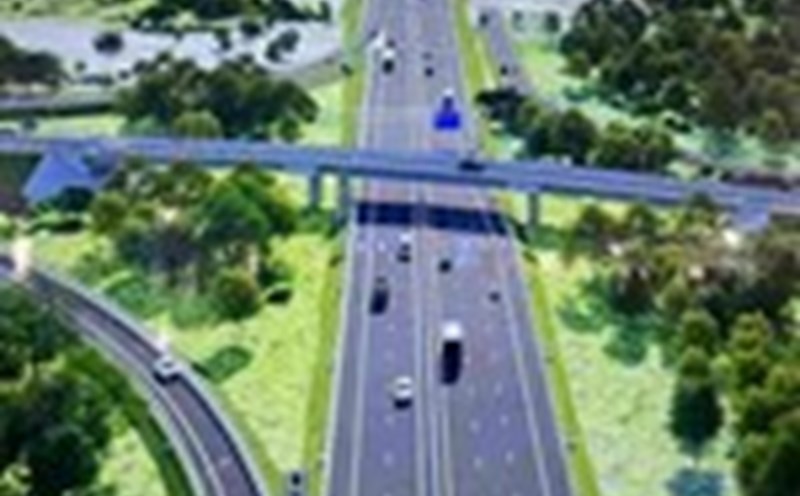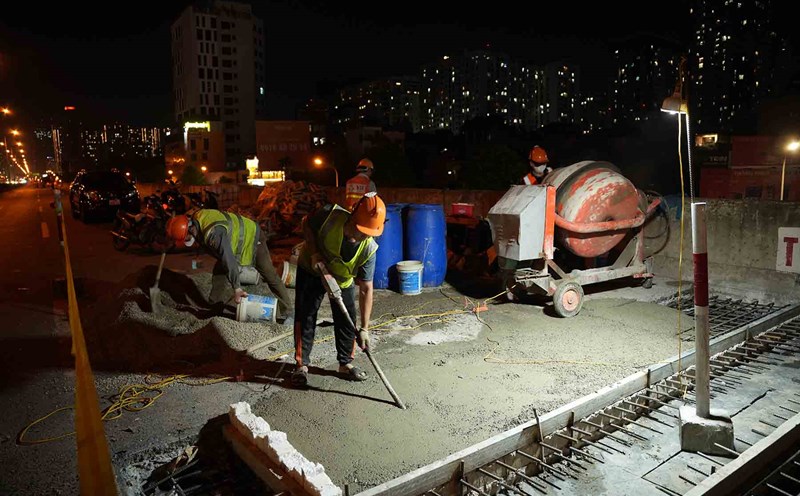The closeness to the people of the grassroots government today is not just a geographical location, but a speed, a distance between handling administrative procedures and satisfaction.
For example, Tra Tan - the most remote mountainous commune of Da Nang city, where the power grid is not yet fully covered, a young father can give birth to a child by phone, connecting to public wifi thanks to the enthusiastic guidance of the commune staff.
It is not just a story of technology, but a vivid testament to the real improvement in the way the government serves the people.
Not only Tra Tan but all other remote mountainous communes across the country now, there is almost no scene of people having to travel dozens of kilometers to the district, no longer waiting for the "missing records", because the grassroots government has proactively brought public services as close to them as possible.
Not only in remote areas, but also in the centers of large cities across the country, the new model is also taking effect. In many places, the number of records has increased 5-6 times, even dozens of times, but thanks to the digital application and flexibility of the staff, people only take a few dozen minutes to complete the procedures.
Another noteworthy point is the spirit of commitment and efforts to overcome difficulties of the team of commune and ward cadres in all localities.
Commune and ward officials these days work through the day and late at night, in the spirit of "work is over, not overtime" because everyone understands that this is a special period that requires more effort.
When professionalism and dedication become an internal driving force, service efficiency is certainly improved.
After all, people are still the central factor. No matter how modern technology can be, without the dedication of cadres, it cannot create true satisfaction for the people.
Of course, there will be some challenges in the transition process, from data synchronization, digital system operation, to infrastructure conditions and human resources at the grassroots level.
But the bright spot is that the leaders of provinces, cities and wards in recent days have not avoided difficulties, but have proactively found "bottlenecks" to promptly resolve them.
After a week of practical operation, the local government at both levels has shown that the current ward and commune apparatus is not only streamlined in structure but also transformed in the very specific and lively mindset of serving the people.
That is a very valuable and hopeful success!











